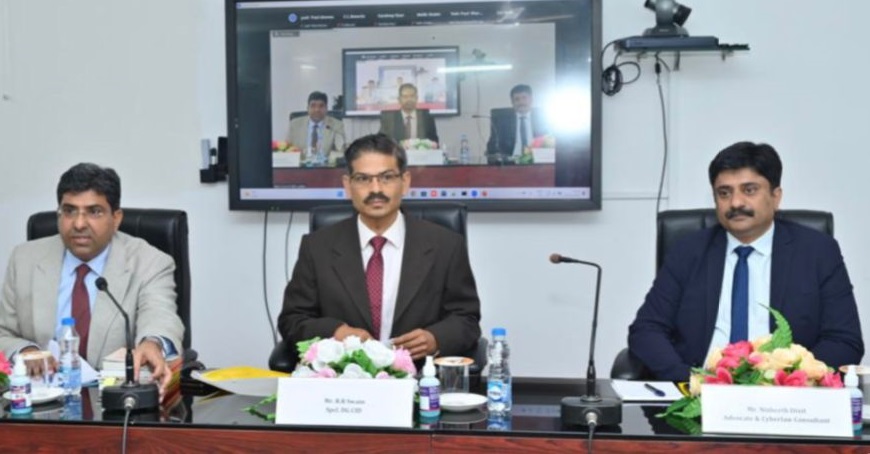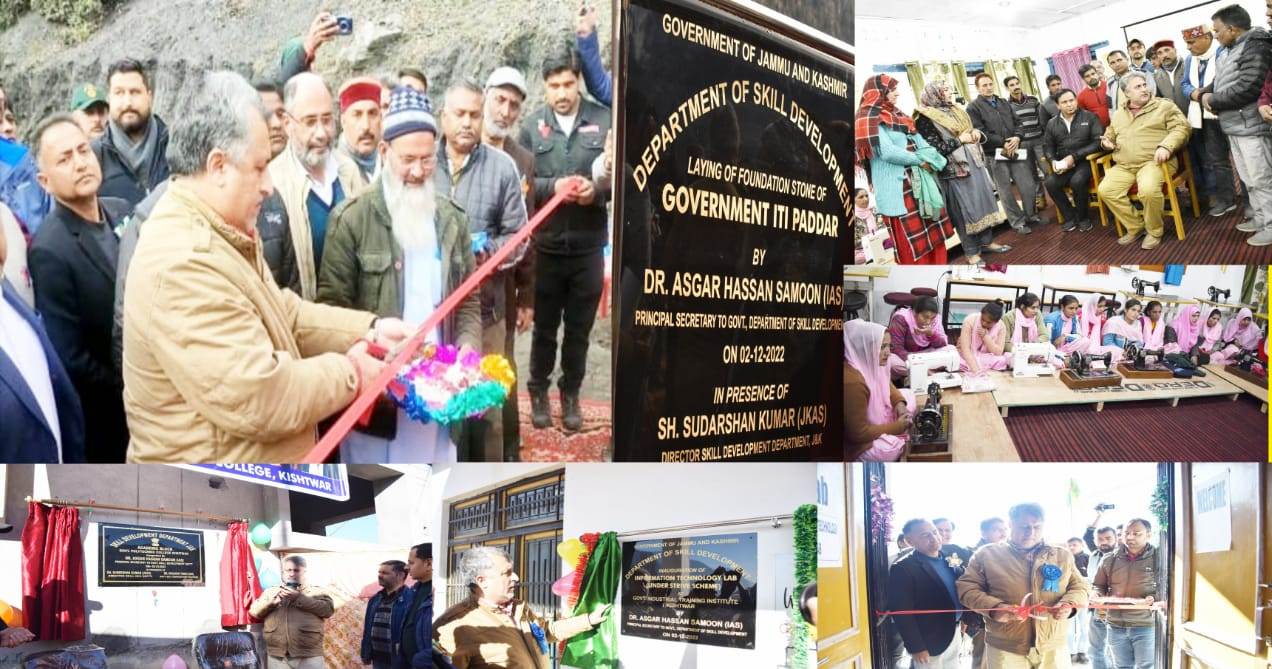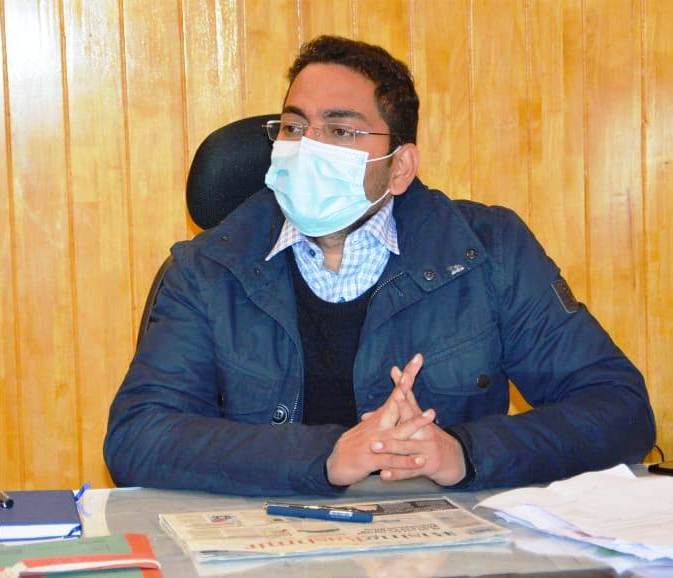Jammu, Dec 03: J&K Judicial Academy under the patronage of Justice Ali Mohammad Magrey, Chief Justice, High Court of Jammu & Kashmir and Ladakh, (Patron-in-Chief, J&K Judicial Academy) and guidance of Justice Sindhu Sharma, Chairperson, Governing Committee for J&K Judicial Academy and Justice Vinod Chatterji Koul, Justice Javed Iqbal Wani, Justice Wasim Sadiq Nargal, members of Governing Committee for J&K Judicial Academy with active support by Criminal Investigation Department, Government of J&K, organised a one-day workshop on ‘What are digital fingerprints and how to appreciate its relevance?’ at Judicial Academy, Jammu.
In his speech, Spl DG CID, R R Swain stressed upon the necessity to develop innovative ways of law to deliver justice effectively and efficiently. He discussed there is a pressing need to bring all the stakeholders on one platform to set a standardised process in dispensing justice in its true form.
Swain apprised the participating officers about the clarion call of dealing with digital evidence which has far reaching consequences.
Director, J&K Judicial Academy, Shahzad Azeem, gave an overview of the programme. He stated that the purpose of the workshop is to keep abreast all the functionaries, responsible for Criminal Justice System and having duty to maintain law and order in society, with the modern day challenges in the arena of digital world. “When it comes to cybercrime it depends in understanding the cyber law and digital evidence, thus necessity has been felt to know the standard procedure and protocols being followed by all the stakeholders from investigation till culmination in the courts of law,” he said.
In the technical sessions, the technical team of CID dealt with the concept of digital footprints and discussed different aspects of mobile, laptop, internet and social media which form the ecosystem of any digital evidence. They described the working of internet and various stakeholders in internet communication system and discussed the roles and responsibilities of internet users, TSP/IP and social media intermediary. They also highlighted the challenges faced by LEA during investigation such as VoIP calls, geo-location of intermediary servers, virtual private networks (VPN), virtual calls etc. They deliberated on the concept of imaging, digital evidence extraction from the devices and hash values.










